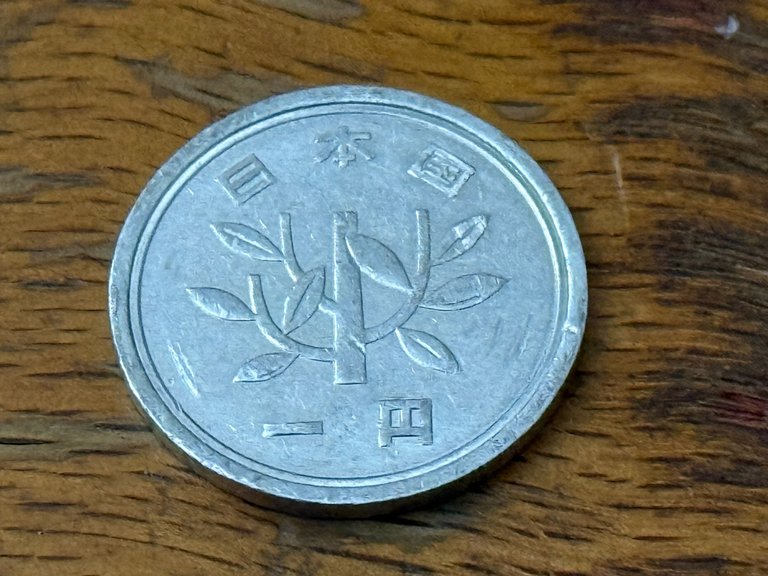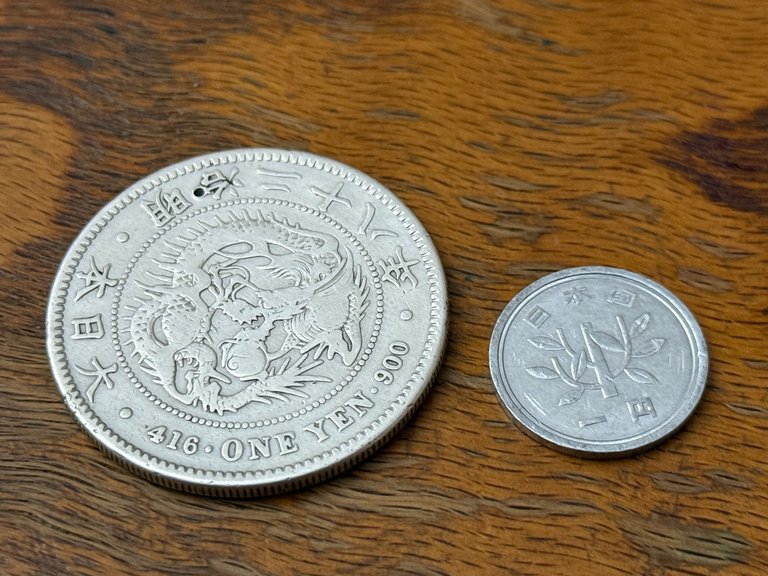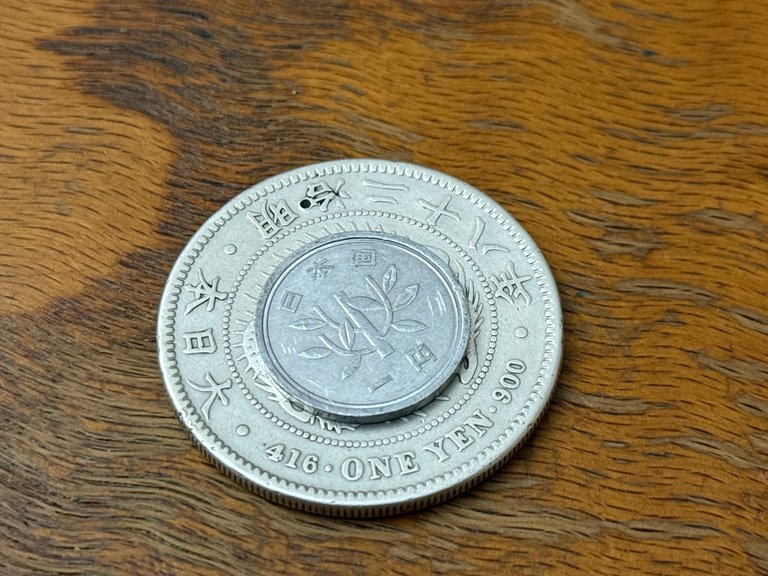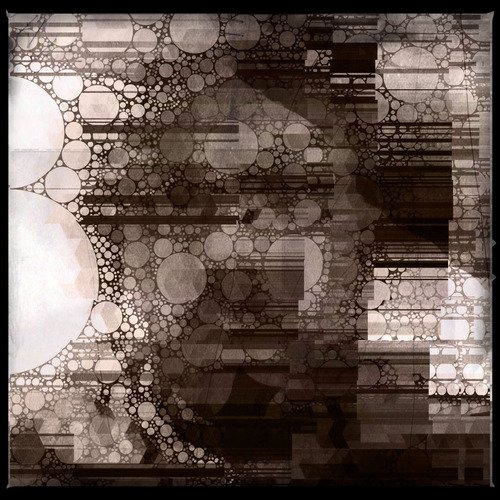The New Currency Act of 1871 introduced Japan's modern coinage system. The yen was defined as 1.5 g of gold or 26.96 g of silver. It was divided into 100 sen and 1000 rin. It was minted in both gold and silver versions, the gold one intended for internal use only and the silver intended for use outside the country for trade. This system quickly fell apart and they were eventually allowed to co-circulate. The rising price of gold also quickly did an end to using it in the ¥1 coin and the silver version became the only one.
The model for the yen was the Mexican dollar and the coin looked like many dollar coins from that time. Large, with a diameter of 38.8 mm, somewhat heavy. They were 90% silver and 10% copper.

They were minted from 1870 to 1914. The government stopped minting them for a variety of reasons: strained supply chains due to the outbreak of WWI, the minting cost increasing to almost more than face value, a desire to switch from using silver to embracing a pure gold standard, a shift to paper money, and more.
Adjusting for inflation is not exactly an easy calculation. In terms of metal value, that silver ¥1 coin would be worth around $21.57 USD today. If we instead look at the purchasing power that coin had, however, then it would be more equivalent to $266.67.
As the number suggests, poor people and even middle class people didn't use the yen coin. It was just too much money.
In 1914 when the ¥1 stopped being minted it was worth roughly $15.94 based on the silver itself. That's a significant decrease. The buying power shows an equally significant decrease, dropping to around $166.67.

During and after WWII, Japan's money hyper-inflated. The rin and sen became virtually worthless and even the yen dramatically dropped in value. In 1955 the government resumed minting a ¥1 coin. No longer a hefty silver coin, it was now a tiny 1 g alumin(i)um coin, so light that if you are careful not to break the surface tension, it can float on water.

(They actually minted a limited number of brass ¥1 coins in 1948, but the numbers were low and they quickly stopped until 1955).
Looking at the exchange rate only, this yen was roughly equal to less than a 1955 penny, but looking at buying power, this coin had a buying power roughly equal to $2 modern dollars. Not too bad, but a far far cry from that 1914 version, not to mention the 1870 one.
Then of course we can jump to today. The ¥1 coin is still tiny and made of alumin(i)um and still so light it can float on water—and even more worthless.
The yen has fallen a lot compared to the dollar in the past few years, but for simplicity we can consider it roughly equal to the US penny. And just as the penny, its buying power today is basically zero. So little that it's not a popular coin these days, and hasn't even been minted since 2016. But there are enough of them out there and demand is so low that I don't think they will disappear anytime soon.
And so there you go. In just 150 years, the value of a ¥1 coin changing from something with so much value that only the upper class used it to something that even the lower class doesn't have any use for. That's the power of inflation, I suppose—or, more properly, the evil of it.


❦
 |
David is an American teacher and translator lost in Japan, trying to capture the beauty of this country one photo at a time and searching for the perfect haiku. He blogs here and at laspina.org. Write him on Twitter or Mastodon. |



